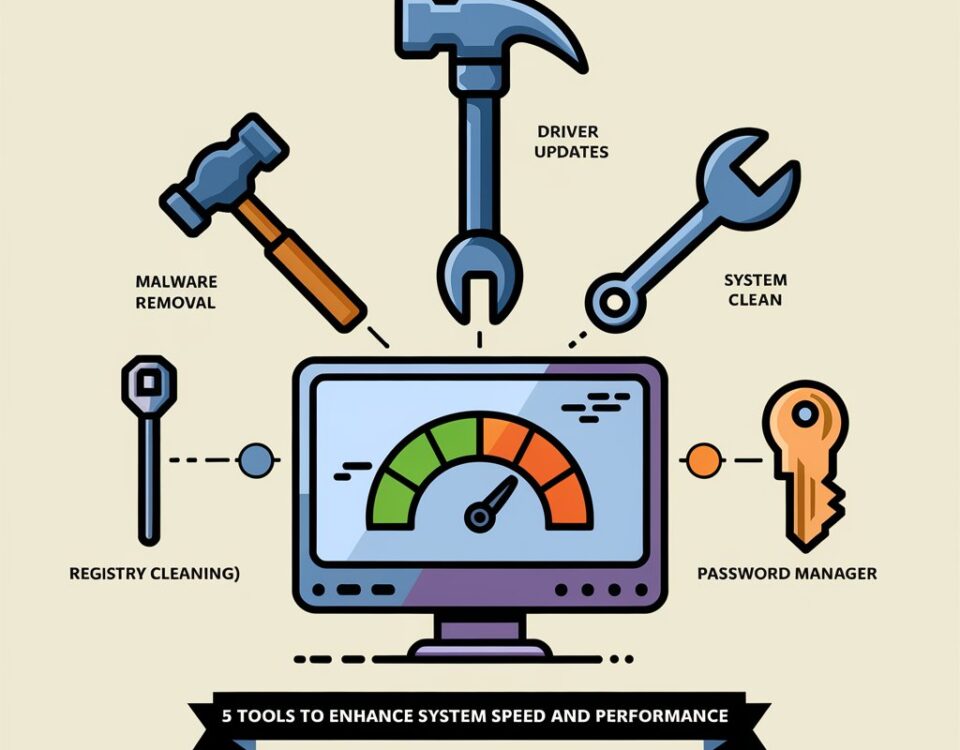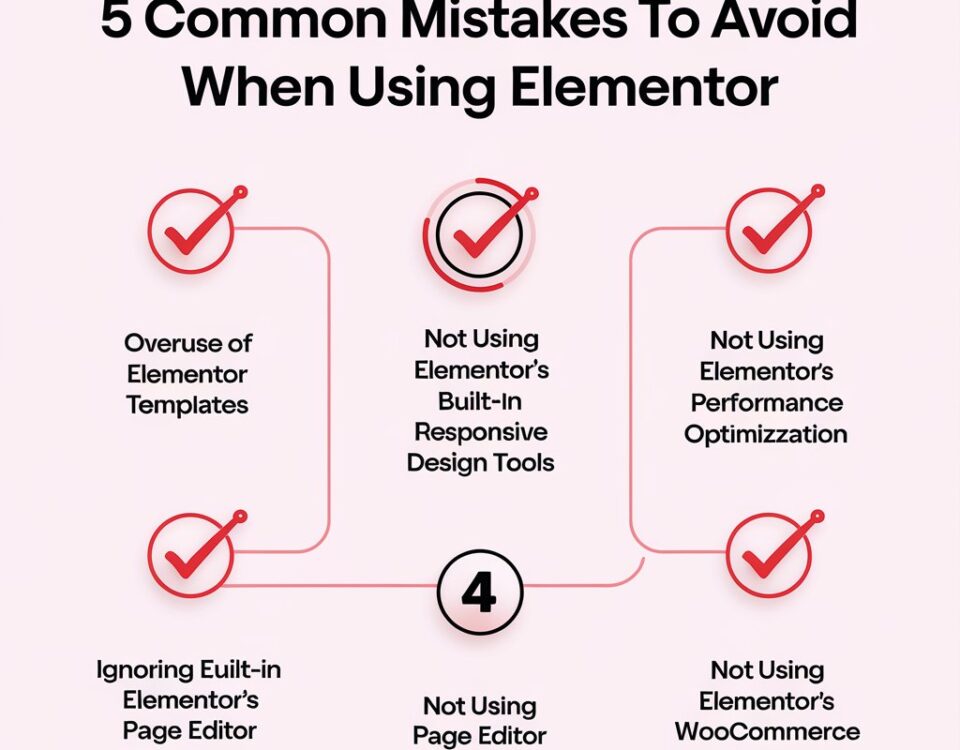
Quantum Computing and Future Space Technologies:
September 6, 2024
Neural Technologies: Revolutionizing Human-Computer Interaction
September 6, 2024Keywords: E-Ink technology, Smart Gadgets, Digital Paper, Wearable Technology, Smart Displays, Low Power Consumption, E-Readers, E-Paper, Sustainable Tech.
The world of smart gadgets is constantly evolving, and one of the most significant advancements in this space is the adoption of E-Ink technology. Initially known for its use in e-readers like the Amazon Kindle, E-Ink technology is now being incorporated into a wide range of smart gadgets, from digital paper and smartwatches to signage and smartphones. This article explores the concept of E-Ink, its benefits, and how it is revolutionizing the smart gadget landscape.
What is E-Ink Technology?
Unlike traditional screens that emit light, E-Ink displays are reflective and work by manipulating microcapsules containing black and white particles. When an electric field is applied, these particles move to the surface, creating visible text and images.
Key Features of E-Ink Technology:
- Low Power Consumption: E-Ink screens consume power only when the content is changed, making them highly energy-efficient.
- Readability in Sunlight: Unlike traditional LCD and OLED displays, E-Ink displays are easy to read in direct sunlight.
- Eye-Friendly: The reflective nature of E-Ink screens reduces eye strain, making them suitable for prolonged use.
- Thin and Lightweight: E-Ink displays are incredibly thin and lightweight, making them ideal for portable devices.
The Rise of E-Ink in Smart Gadgets
E-Ink technology has come a long way from its inception and is now being integrated into various smart gadgets, each leveraging its unique benefits. Here are some notable applications:
1. E-Readers and Digital Paper
The most well-known application of E-Ink technology is in e-readers, such as the Kindle, Kobo, and Nook. These devices allow users to read digital books without the glare and eye strain associated with traditional screens. E-Ink’s minimal power consumption also allows for extended battery life, with some e-readers lasting weeks on a single charge.
- Digital Paper Solutions: Companies like Sony and reMarkable are developing digital paper products that combine the feel of writing on paper with the flexibility of digital documents.
2. Smartwatches and Wearable Devices
E-Ink technology is increasingly being used in smartwatches and other wearables. The Pebble smartwatch was one of the first to adopt E-Ink displays, offering users a device with a battery life of up to a week, unlike traditional smartwatches that need daily charging.
- Hybrid Smartwatches: Hybrid watches, which blend traditional watch design with smart features, also use E-Ink displays to provide notifications and basic information without compromising on battery life.
3. Smartphones and Tablets
While most smartphones rely on OLED and LCD screens, companies like YotaPhone have experimented with E-Ink displays as secondary screens. This allows users to access essential information, read e-books, or check notifications without significantly draining the battery.
- Dual-Screen Devices: Devices with dual screens (one traditional and one E-Ink) are being explored for productivity applications, allowing users to multitask and use E-Ink screens for less power-intensive tasks like reading and note-taking.
4. Digital Signage and Labels
E-Ink displays are also making their way into digital signage, smart labels, and price tags in retail environments. The low power consumption of E-Ink technology makes it ideal for battery-operated signage that needs to run continuously.
- Electronic Shelf Labels (ESLs): Retailers are increasingly adopting ESLs, which use E-Ink displays to show product prices and promotions.
Benefits of E-Ink Technology in Smart Gadgets
- Sustainability: With their low power usage and long lifespan, E-Ink displays contribute to more sustainable tech solutions.
- Extended Battery Life: E-Ink-powered gadgets offer significantly longer battery life compared to devices with traditional displays.
- Enhanced User Experience: The eye-friendly and highly readable nature of E-Ink displays provides a more comfortable user experience, especially for content consumption.
Challenges and Future Prospects
Despite its many advantages, E-Ink technology is not without its limitations. For instance, E-Ink displays typically have slower refresh rates, making them unsuitable for video playback and high-speed gaming. However, continuous advancements are being made to improve refresh rates, color accuracy, and interactivity.
Looking forward, the future of E-Ink and smart gadgets seems promising:
- Color E-Ink Displays: New developments in color E-Ink technology are making it possible to display vibrant images, opening up new possibilities for digital magazines, advertising, and education.
- Flexible Displays: Flexible E-Ink screens could pave the way for innovative devices like foldable phones, smart clothing, and more.
Conclusion
E-Ink technology is revolutionizing the smart gadget industry by providing sustainable, eye-friendly, and energy-efficient solutions. As this technology evolves, it will continue to play a pivotal role in the development of next-generation smart gadgets, enhancing user experiences while addressing environmental concerns. Whether it’s in e-readers, smartwatches, or digital signage, E-Ink is set to shape the future of smart, sustainable tech.
By leveraging E-Ink technology, companies are not only innovating in terms of device functionality but are also contributing to a greener future. As advancements continue, the potential applications of E-Ink in smart gadgets will only expand, offering exciting prospects for both consumers and developers.




